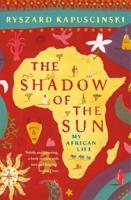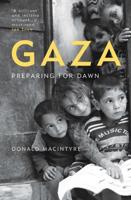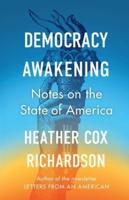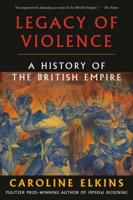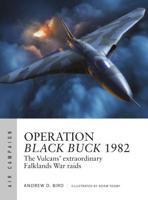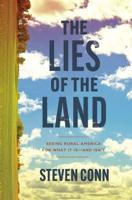Publisher's Synopsis
Between 11 and 16 August 2012, the Lonmin platinum mine at Marikana witnessed a tragedy in which 34 miners were killed, more than 70 injured and approximately 250 people arrested. The Marikana Massacre remains a scar in the tissue of post-democratic South Africa. Described as the worst act of violence since the Sharpeville Massacre of 21 March 1960, it was indicative of underlying crises in government and the fabric of society. The brutality of the shootings was indeed no different from state-sponsored violence in the apartheid era. The event was also a turning point in South African history. The fact that the police appointed by the liberation party were opening fire on the people they had vowed to protect sent shock waves throughout the world.
Years into the aftermath, what has this event come to mean? This book is a collection of chapters which give an authoritative and cross-disciplinary account of the massacre, up-to-date details of what really happened, what it has meant for the current South African socio-political landscape and how it has changed public discourse and awareness of the mining industry, the broader labour market. The book further considers the lack of accountability for the crimes committed at Marikana. The chapters, written by a wide range of highly regarded scholars and practitioners, address the legacies of Marikana from a broad array of disciplines including law, legal philosophy, media studies, journalism and communication studies, philosophy, political science, economics and public governance.

